How Over‑Affection Can Lead to Anxiety & Behavioral Problems
As dog lovers, showing affection feels natural—and it is. Belly rubs, cuddle sessions, praise; these are important parts of bonding. But like many good things, affection can be overdone. In our work at Tail Swagger, we see many cases where too much affection, or affection at the wrong times, contributes to anxiety and unwanted behaviors in dogs. Below I’ll explain how, why, and what to do instead.
What Do We Mean by “Over‑Affection”?
Over‑affection isn’t just “loving your dog too much.” Rather, it means love without structure—constant reassurance, comforting in fear, giving affection to interrupt behavior, letting your dog decide when boundaries apply, etc. It’s when affection becomes the automatic response instead of using training tools, leadership, or setting consistent expectations.
How Over‑Affection Can Create Anxiety
Reinforcement of Fearful Behavior
When a dog becomes anxious—shaking, hiding, barking, whining—and we immediately comfort or reassure, we might inadvertently reinforce that anxiety. The dog learns that fear triggers comforting attention, so the fearful behavior becomes more likely.Lack of Confidence & Dependency
Dogs need to feel secure in themselves, not only in their relationship with their handler. Over‑reliance on human closeness and comfort can reduce the dog’s ability to cope alone. They may struggle with separation, become clingy, or panic when you leave.Heightened Arousal / Poor Emotional Regulation
Without teaching calm and self‑control, dogs may become over‑aroused. What starts as excitement (you arriving home, greeting other dogs, etc.) may turn into uncontrollable behavior: jumping, whining, barking. Over‑arousal is stressful for dogs and can lead to long‑term anxiety.Confused Boundaries & Inconsistent Leadership
Dogs thrive with clear rules, structure, and consistent expectations. When affection is given without correlation to good behavior, or affection acts as a way to “smooth over” misbehavior, the dog may become confused about what is allowed. This ambiguity can lead to behavioral problems because dogs don’t know what earns reward vs what is disallowed.Behavioral Problems That Often Arise
Separation Anxiety: Dogs become distressed when left alone because comfort always came from the human being present.
Attention‑Seeking Behaviors: Jumping, pawing, whining, barking, following you constantly—behaviors reinforced because attention (including affectionate attention) is given in response.
Over‑arousal and Reactivity: Inability to settle, overexcited greetings, barking and lunging. Dogs may become hypervigilant.
Resource Guarding or Possessiveness: Sometimes dogs become more possessive of their person because affection is seen as a resource. When that resource is threatened (you pet someone else, interact with another dog), the dog may react. (While not always directly because of over‑affection, the foundation of dependency and insecure attachment can contribute.)
Why It’s Hard to See It
Many owners don’t realize they’re providing “too much.” It’s intuitive to comfort, to reward affection, to want to avoid distress in our pets. And often affection does help—especially early on, or when a dog is traumatized. The issue is when affection becomes the reflex rather than one of several tools.
Also, affection is emotionally rewarding for humans, so we may miss when its use is reinforcing undesirable patterns.
What Owners Should Do Instead
At Tail Swagger, our approach balances affection with structure, training, and emotional regulation. Here are practices we recommend:
Reward Calm Behavior, Not Just Excitement
When your dog is relaxed, quiet, or settling independently, that’s when affection (praise, petting) has the most long‑term benefit. It teaches that calm is valuable.Set Clear Rules and Routines
Rules about when and how affection is given: for example, “no jumping until asked to sit,” “wait for calm greeting,” “affection comes after obedience or ‘place’ command,” etc. Consistency across all family members is key.Teach Independence
Practice separations of increasing length. Use “place” or “bed” cues so dog learns to stay away for periods. Provide safe independence: toys, enrichment, safe zones.Don’t Comfort Fear Immediately
Instead of immediate soothing, give your dog something to do that gives them confidence—move away from the trigger, redirect attention with a command or task, reward when they make progress. Use desensitization & counterconditioning if needed.Manage Energy / Arousal Triggers
Physical exercise, mental stimulation, training sessions that include impulse control work (sit, down, stay) help dogs learn to self‑regulate. Avoid high excitement immediately before or after triggers.Use Neutral, Calm Leadership
Be consistent. Let your dog know what to expect. Use commands that are well learned. Lead with calmness, not over‑emotion. This gives your dog predictability and security.
When to Seek Professional Help
If you notice deep anxiety (e.g. severe separation distress, panic behaviors, aggression, self‑harm, obsessive behaviors) it’s smart to consult a certified behaviorist or trainer. Sometimes over‑affection is only part of the problem—there may be underlying trauma, genetics, or other stressors.
Conclusion
Affection is wonderful—it builds trust, joy, bonding. But like any powerful tool, it needs to be used wisely. At Tail Swagger, we believe the best outcome is a dog who is confident, balanced, secure—not overly dependent or anxious. Structure, consistency, leadership, and calm reinforcement of desired behaviors, balanced with love, lead to the happiest dogs.
